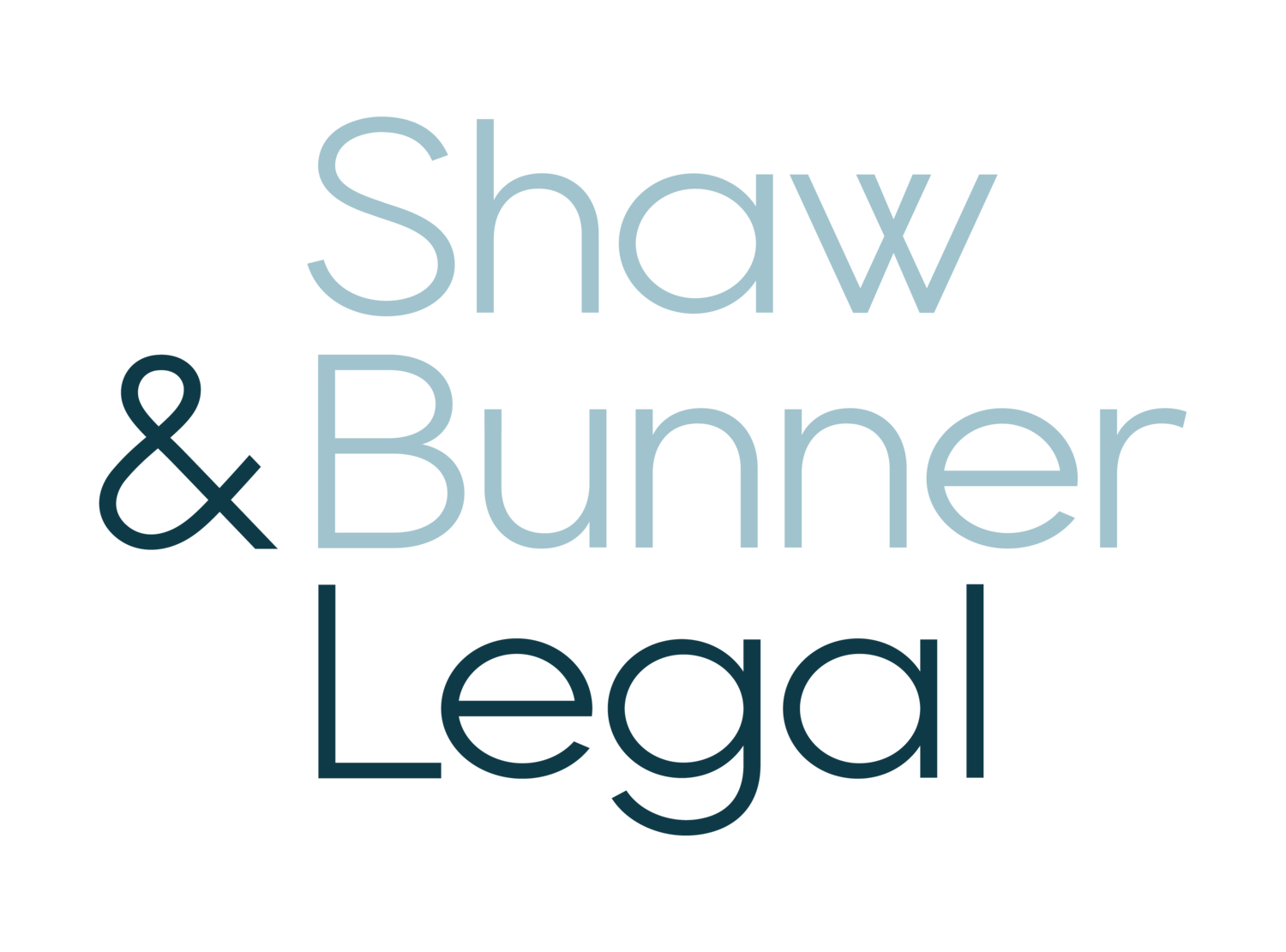What is a Work Injury Damages Claim?
In today’s post, we talk through the key elements to a work injury damages claim, otherwise understood to be a claim against your employer for negligence.
Please be aware that these types of claims do not apply to police officers, paramedics, firefighters, coal miners or someone covered by the Workers Compensation (Bush Fire, Emergency and Rescue Services) Act 1987. If you are injured in these occupations, your rights are different.
If a general NSW worker suffers a work related injury then they may claim workers compensation. If the claim is accepted by the workers compensation insurer then workers compensation statutory entitlements consist of:
· weekly benefits of compensation;
· medical, hospital and rehabilitation expenses; and
· in some cases lump sum compensation for permanent impairment.
If an injured worker’s injury has resulted from their employer’s negligence, there are certain circumstances in which they may sue for damages. These type of claims are called work injury damages claims.
In order to bring a work injury damages claim against their employer an injured worker must establish:
1. 15% WPI - An injured worker must satisfy a requirement that they suffer from 15% or more whole person impairment (WPI) as a result of the workplace injury. The worker must have received all statutory lump sum entitlements for permanent impairment to which they are entitled.
2. Negligence - For a worker to prove he or she suffered injury as a result of their employer's negligence, they must prove three things:
· there was a foreseeable risk of injury associated with the work they were doing;
· the employer failed to take reasonable steps to minimise that risk of injury; and
· the employer's negligence caused the worker's loss.
If an injured worker can establish that their injury resulted from the negligence of their employer and they are 15% WPI of greater than they may lodge a work injury damages claim. In NSW a worker bringing a negligence claim against their employer can only recover damages for past and future economic loss. They can't recover damages for future medical and care expenses or pain and suffering.
As entitlements in a work injury damages claim are restricted to economic loss, it needs to be proven that as a result of the injury, the worker has suffered an incapacity. It has to be shown that as a result of the incapacity, the worker is unable to earn the same rate as they would have, had they not been injured.
It is important to note that if the workers compensation insurer accepts liability in a workers compensation claim, this does not mean that liability in a work injury damages claim is also accepted. This is because workers compensation is a “no fault” scheme whereas in a work injury damages claim, an injured worker is required to establish that the injury sustained resulted from the employer’s negligence.
The legislation sets out the process for lodging a work injury damages claim including the time frames involved. In most cases work injury damages claims are listed for mediation in the Workers Compensation Commission to attempt to mediate and reach settlement through discussion with all parties. If an agreement cannot be reached, work injury damages claims are most commonly heard in the District Court. Court proceedings must start no later than three years from the date of injury. If a worker recovers work injury damages, that puts an end to their right to recover statutory compensation payments.
If you require advice regarding a Work Injury Damages claim, reach out to our team today for a free, on obligation discussion about your entitlements.

